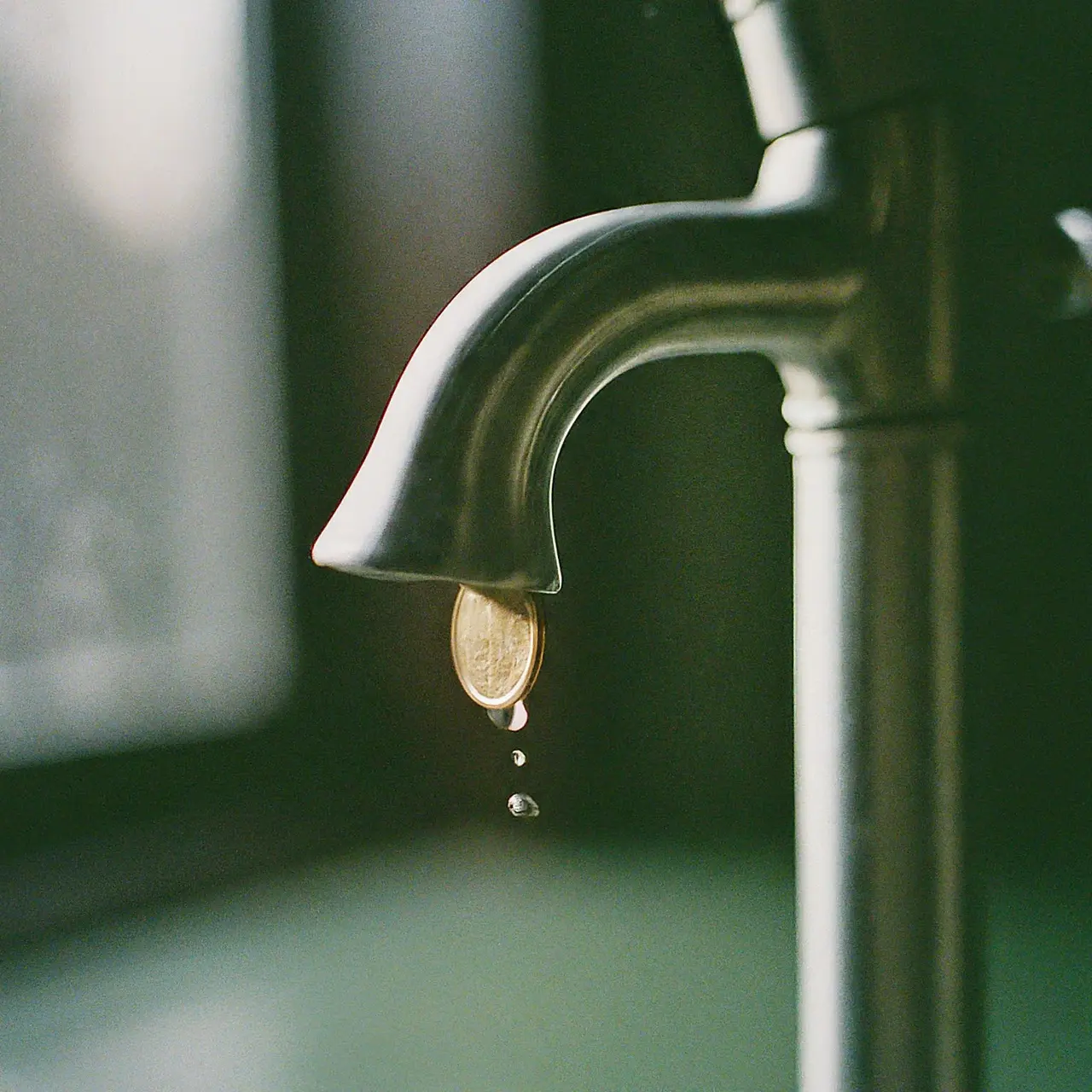As the lifeblood of any business, water usage can be a silent budget drainer. Discover how a few strategic tweaks can lead to substantial savings on your commercial water bills, proving that every drop counts.
Understanding Your Current Water Usage
The first step in halving your commercial water bill is to gain a clear picture of your current water usage. Reviewing your water bills over the past year can highlight consumption trends and potentially wasteful practices. Consider hiring a water audit professional who can identify areas of high usage and recommend specific areas for improvement. Armed with this knowledge, you can set realistic water reduction goals.
Identifying Leaks and Inefficiencies in Your System
Leaks can be silent culprits dramatically inflating your commercial water bills. Regularly inspect your business premises for leaks, including dripping taps, running toilets, and other faulty fixtures. Equally, ensuring your irrigation system is functioning efficiently and only during necessary times can avoid unnecessary water wastage.
Engaging a professional to conduct a comprehensive check of your plumbing system can detect hidden leaks that are not immediately obvious. Infrared technology and other modern diagnostic tools can uncover inefficiencies in water heating systems and large-scale industrial equipment that could be contributing to excessive water use.
Investing in Water-Saving Technology
Technological advancements offer lucrative opportunities for businesses to reduce water usage. High-efficiency toilets, auto shut-off faucets, and water-efficient cooling towers can drastically cut down water consumption. Consider the ROI on installing smart water meters that provide real-time data on water use, allowing for immediate adjustments and reducing waste.
Adopting Efficient Water Management Practices
Effective water management involves more than just fixing leaks and upgrading equipment; it also encompasses everyday practices and policies that encourage efficient water use. Implementing a water management plan that involves regular monitoring, maintenance, and employee engagement can foster a culture of conservation in your business.
Upgrading to Low-Flow Fixtures and Appliances
Low-flow toilets, faucets, and showerheads can significantly reduce water flow without compromising functionality. Upgrading to ENERGY STAR-rated dishwashers and washing machines not only reduces water usage but also saves energy. This can be particularly beneficial in industries where high water use is integral to operations, such as hospitality and manufacturing.
Exploring Alternative Water Sources
Consider investing in rainwater harvesting systems to collect and use rainwater for landscaping and other non-potable uses. For businesses with cooling systems, reusing greywater can offer an additional method to significantly cut down on fresh water usage. Exploring these alternative sources can reduce dependence on municipal water supplies and lower commercial water bills.
Educating Employees on Water Conservation
Last but not least, educating your employees about water conservation techniques can play a critical role in reducing your commercial water bill. Encourage practices like turning off the tap while washing hands or dishes and reporting leaks immediately. Empowering your team with the knowledge and responsibility to make water-wise decisions can lead to significant savings.


